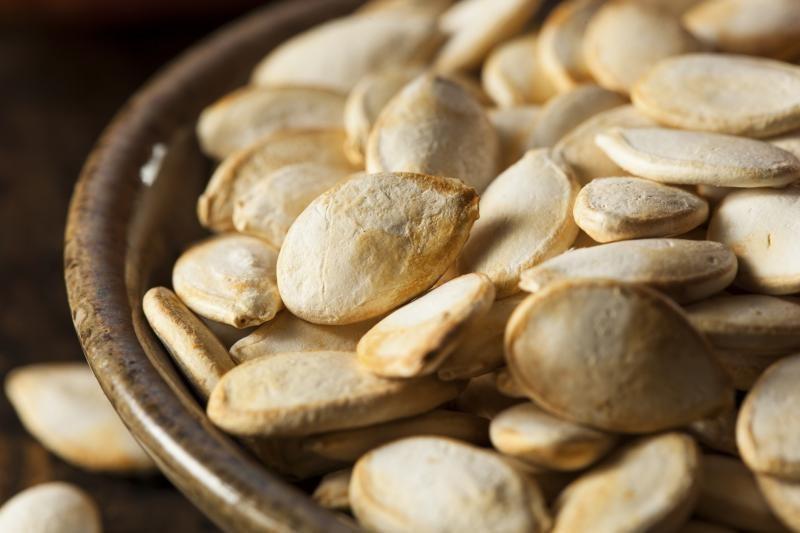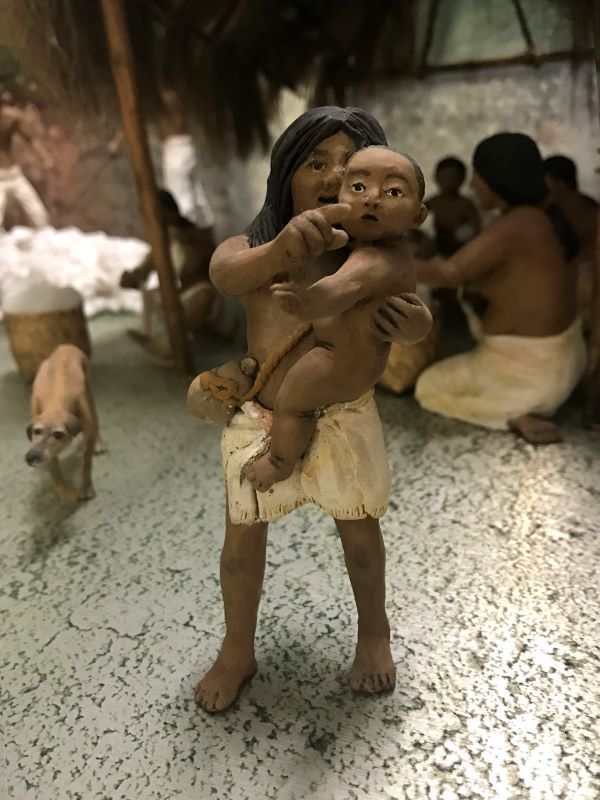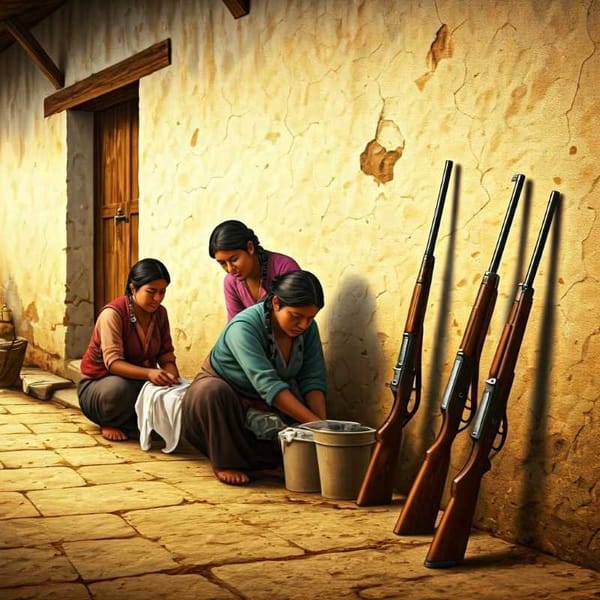The Hetzmek Celebration in Mexico - A Cultural Initiation for Young Ones
Explore the fascinating Hetzmek ceremony in Mexico, where the beauty of childhood is celebrated with rich symbolism. Join us as we learn more about this ancient Maya tradition and how it was used to bring people together and teach them about their future responsibilities.

Did you know that in Mexico, there are very beautiful celebrations around childhood, full of symbolism to ask for a good life for girls and boys? The Hetzmek is a Maya tradition that is still going strong. It is best done during a full moon.
The purpose of this ceremony is social integration. It is performed for four-month-old boys about the cardinal points and seasons of the year, and three-month-old girls by three pieces holding a comal. It is a symbolic initiation into the activities and responsibilities they will later carry out.
The godfather helps the child hold different objects in his or her hands. The ceremonial master explains the usefulness of each object and the skills linked to each one. Both girls and boys are given pencils, notebooks, and books, and if possible, a cell phone or computer, so that they will be good students.
They are given eggs, pumpkin seeds, cooked chaya leaves, and corn with honey as a symbol of intelligence, reasoning, sensitivity, and sweetness. In the end, the candle that had been lit is extinguished, and a delicious meal is shared with all the guests.
What is used in the Hetzmek ceremony?
Inside the house, a tablecloth is set up with one or more candles, a vase of flowers, plates, and gourd vessels filled with food that will be given to the baby to try during the ceremony. In some cases, a Catholic image is placed on the table, such as that of St. Martin de Porres, the green Holy Cross, or the Virgin of Guadalupe.
Certain working instruments are also placed on the table, which varies depending on the sex of the baby. If it is a boy, the most common objects are a machete, a knife, gourd vessels, a cane or reed, and an axe; if it is a girl, needles, scissors, pots, and cooking pots are placed on the table.

Hetzmek Ritual for Boys
The father gives it to the godfather. This happens at the moment that the leader of the ritual indicates it. In the same way, Jéets Méek is made, and once in this position, the child proceeds to go around the table, with the only difference being that the two series consist of thirteen turns.
During the laps, both the godmother and godfather give the child a taste of the food on plates or gourd vessels on the main table. At the end of the rounds, the baby is given to its parents, who thank the godparents for having made "Jéets Méek" for the child. Lastly, the main food of the ceremony is shared with the guests, family, and neighbors who were invited.
Hetzmek Ritual for Girls
The godparents arrive at the baby's parents' house with some gifts. The godmother begins by dressing her in the clothes given to her by the godparents. When she is dressed, her parents take her to the place where the ceremony will take place.
The mother hands her over to the godmother, who for the first time will make her "Jéets Méek". Once in this position, the godmother proceeds to make nine turns around the table in a counterclockwise direction.
During this first series of laps, the godmother places in the baby's hands some of the work tools that were placed on the table while talking to her about their use in the work she will perform in the future.

Meaning of The Food
- Je' (Boiled Egg):
Comes from abrir, which means to open the thought to the world.
- X-top' (Pumpkin Seed):
Refers to sprouting or bursting. It means to transcend in life and in whatever one does.
- Chay (Chaya):
Refers to letting go or allowing and refers to the attitude and free thinking.
- K'áaj (Piloncillo):
Suggests the word remember, to have a memory and not to forget the roots.




